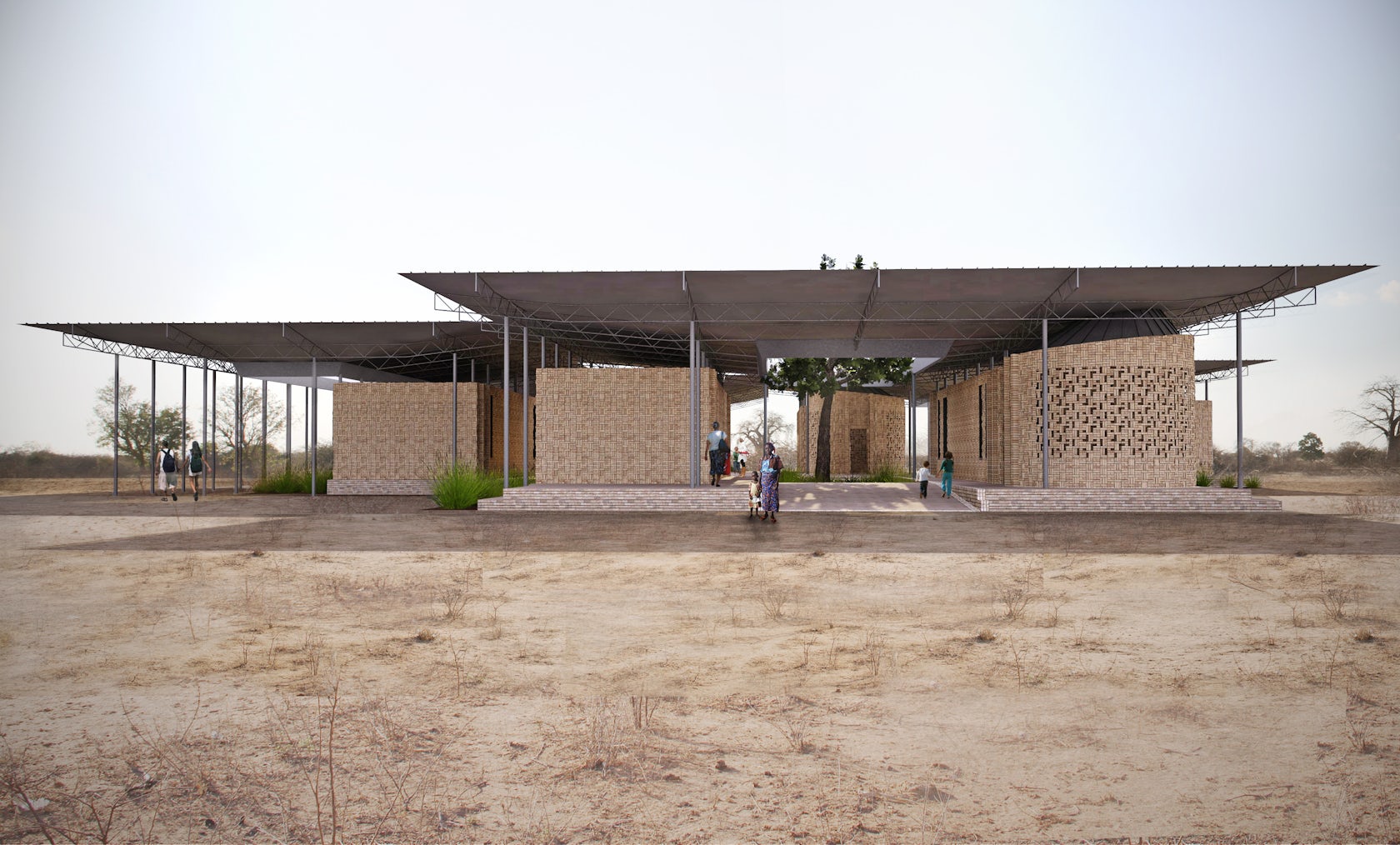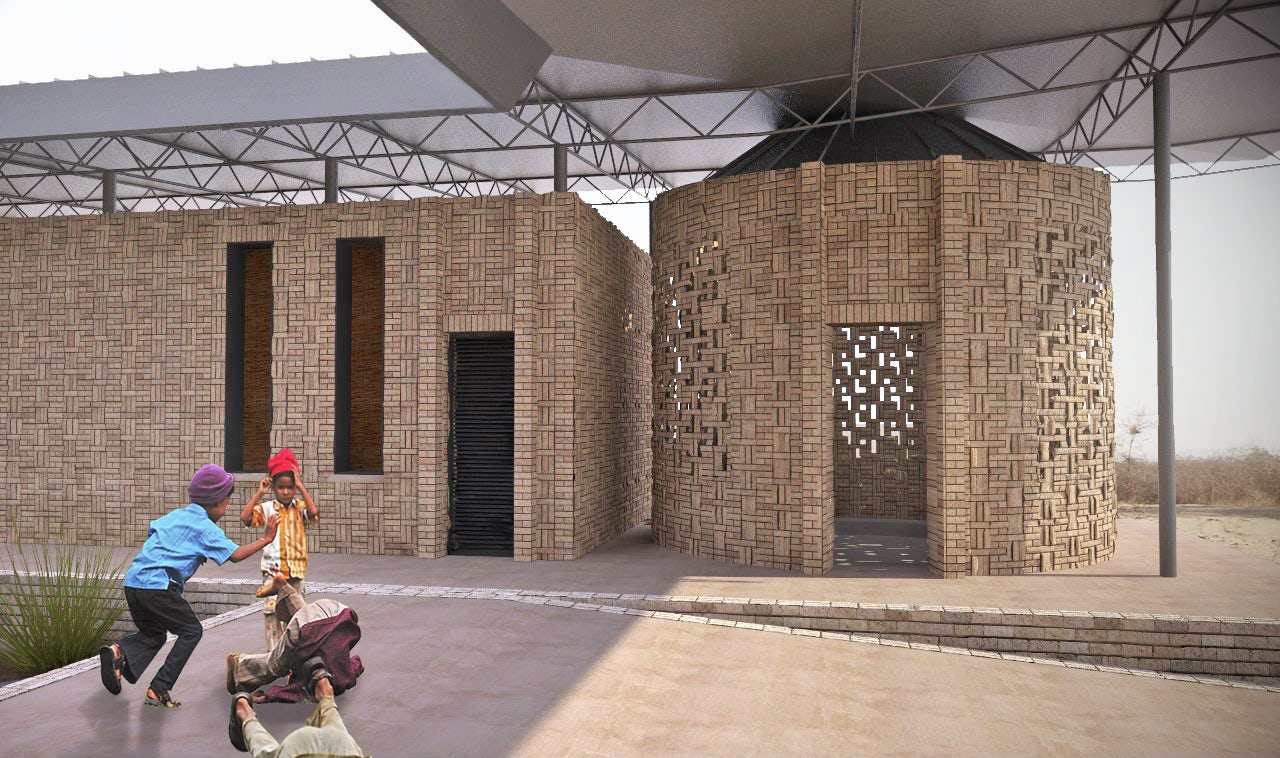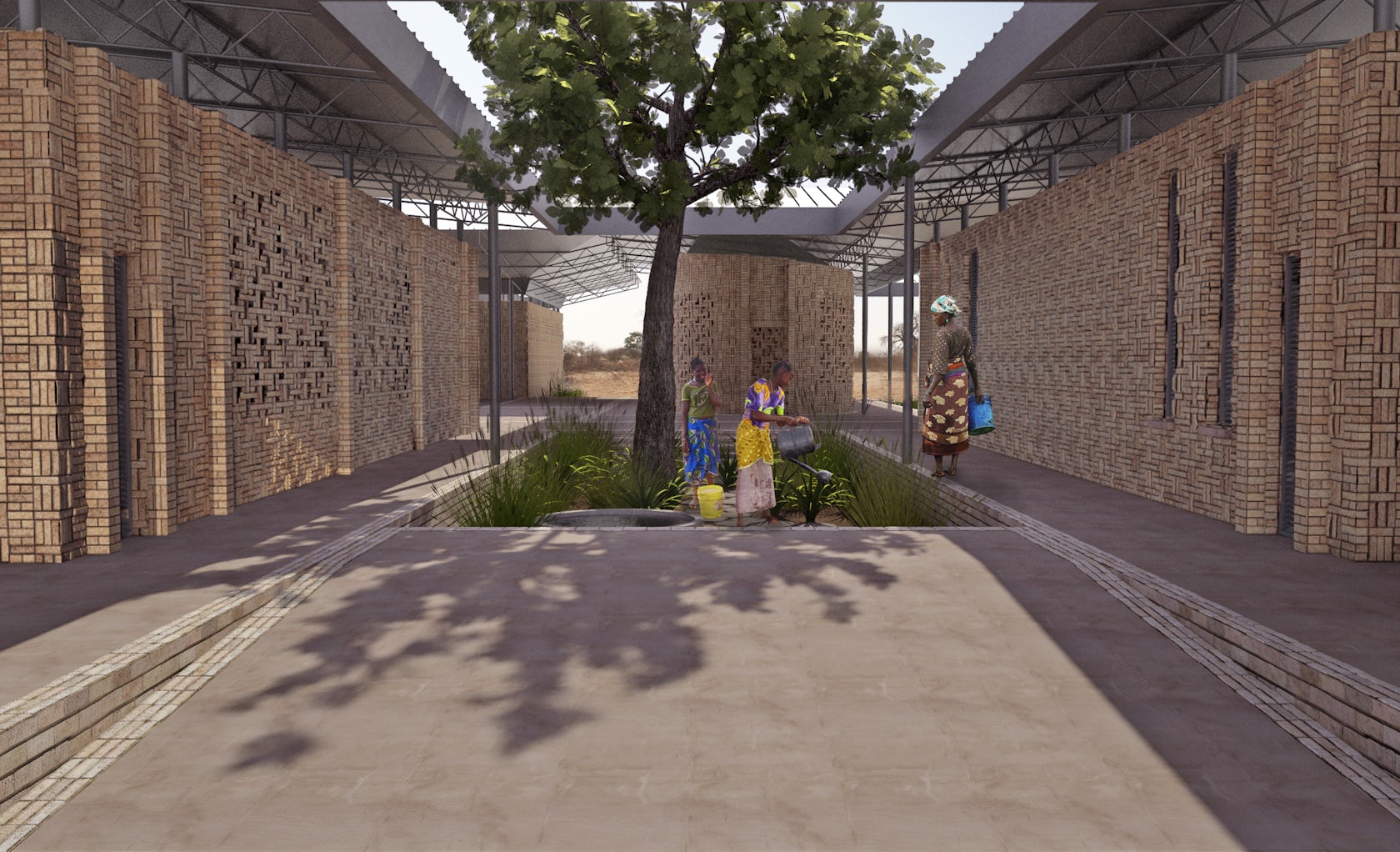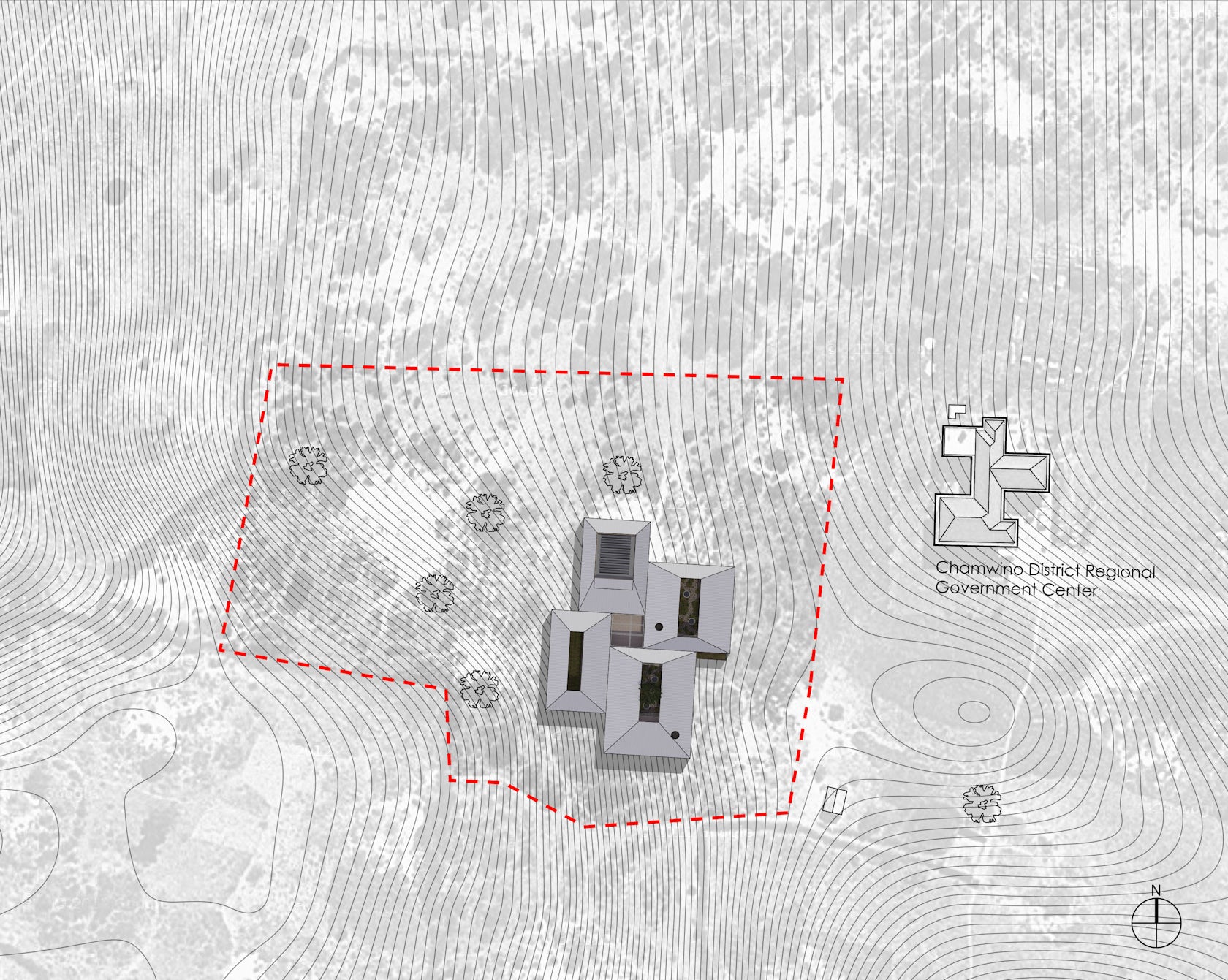The New York City-based firm Jaklitsch / Gardner Architects is known for its international scope, with several hundred projects throughout North and South America, Europe, Asia, and the Middle East. Now it’s heading to Dodoma, Tanzania, with ambitious plans not just for the central African country’s people, but for its bees as well. Earlier this month, J / GA unveiled designs for the new Mizengo Pinda Asali and Nyuki Sanctuary: a beekeeping and honey extraction center that will cater to the growing beekeeping community in the region. The low-slung, airy sanctuary responds to both the natural landscape of the area as well as the potential of the beekeeping industry in Tanzania.

Jaklitsch / Gardner stumbled on the unique project through a stroke of luck, according to principal Mark Gardner. The firm had decided against entering competitions and was on the lookout for an impactful project — “something that presented a solution we could pursue.” Due to chance, he was connected to Follow the Honey, an organization working with the Tanzanian government to bring asali — Swahili for honey — to the United States. Follow the Honey needed help in designing a headquarters for honey production there.

Beekeeping is a popular practice in Tanzania, and the honey, cultivated from the baobab, mango, sunflower, acacia, and other indigenous plants, is an important resource. The prime minister of Tanzania, a beekeeper himself, believes that apiculture holds untapped potential for the country as an export. The founding principle behind the sanctuary, then, was to create a space that fostered community-based resources and economic independence for residents of rural communities in Tanzania. “We want the design to reflect the dignity of the enterprise and the people who will use this building,” said Gardener.

Jaklitsch / Gardner created a facility of different structures situated around garden courtyards. Buildings are comprised of mud-fired bricks, which will be made on site, and were selected because they are lightweight and can be fabricated with minimal training. The firm was careful to avoid using wood in the design, as it is a precious resource in Tanzania. The unique brick bond is designed to be dimensional, textural, and interwoven, reflecting local weaving traditions with the functional upshot of maximizing ventilation. The metal roof will accommodate water catchment, and it’s slightly elevated above the enclosed areas to allow for better ventilation and air circulation.
“We wanted to create a building that didn’t look alien or plopped down into its surroundings,” said Gardner. Referring to the mud-fired bricks, he noted that the sanctuary “is being built from the ground.” The structures were also situated around existing baobab trees on site.

Upon opening, the sanctuary will include spaces for education, honey harvesting, and a marketplace, while the flexible building form is designed for ease of expansion. “We have outdoor informal spaces with a formal interior, and it’s adaptable space to respond to how the enterprise grows,” said principal Stephan Jaklitsch. Jaklitsch, who is an urban beekeeper himself, said that the complex could easily expand to include something like a learning center or museum. “We want there to be an opportunity for people to interact with the space,” he said.
The project is now in the fundraising phase, with a goal to begin construction in late 2015. Once open, the sanctuary will change the nature of beekeeping in the area. “Currently, beekeeping is done in isolation by farmers,” said Gardner. “Many didn’t realize that it was done in a larger community, and that people want honey,” he said. “There’s a sense of pride that they didn’t have before.”

See additional drawings here.








